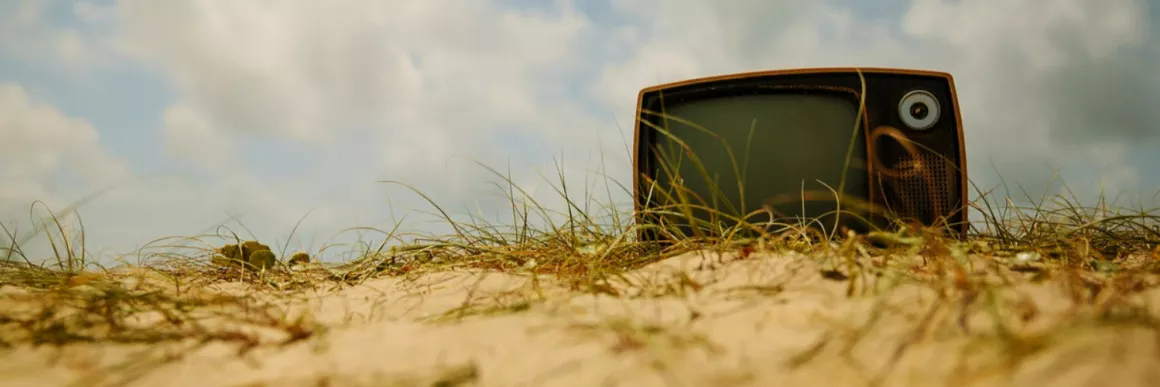This special issue explores the notion that many of the forms, ideas, and practices inaugurated or exemplified in the Romantic period continue to shape and drive our contemporary discourses. Literary critics, cultural and political theorists, and, indeed, our students continue to encounter new permutations—if not the continued presence—of something that might be called the romantic. But how is the (neo-)romantic expressed in contemporary culture? And how might we best prepare students to listen for and hear its repetitions? How might we teach the romantic alongside the contemporary without either reducing one to the other or eliding important historical, cultural, and social contexts? In response to these questions, the nine essays and three interviews that comprise this volume address the repetitions and reverberations of the romantic as it recurs across genre, period, and media boundaries in popular culture, contemporary political situations, changing classroom dynamics, and the constantly shifting domains of literary and pedagogical practice and production.
Abstract
This essay explains the rationale behind a willfully anachronistic creative writing prompt: if one of the British Romantics were alive today, how would he or she craft a literary response to 9/11 and the ensuing War on Terror? Instead of asking what makes the twenty-first-century experience of terror new, my assignment encourages students to approach today’s affective environment through the medium of British Romantic literature.
Legacies of the Romantic Child: Teaching Post-Romantic Constructions of Childhood in Contemporary British Fiction
Sandra Dinter, Stefanie JohnAbstract
This article discusses the theme and methodology of the course “(Post-)Romantic Childhoods in British Literature” as previously taught at Bielefeld University in Germany. The course covered constructions of childhood in British literature from the Romantic period and their appropriations in Victorian and contemporary fiction by Dickens, McEwan, Lessing, and Boyne. Reflecting upon the teaching goals and outcomes, we draw on two fields of research into contemporary literature: constructivist childhood studies and the critical study of Romantic legacies.
Repetitions of the Romantic: Working Backward Towards a Structure of Feeling with William Wordsworth, Todd Haynes, Wallace Stevens, Gayatri Spivak, and Aesop Rock
D.B. RudermanAbstract
In this essay, I relate my experience of teaching an upper-division class on romantic poetry—my struggles, assumptions and discoveries, and my ultimate decision to revise the way I teach, and to some extend think about, romanticism. The problem—the contemporary/romantic opposition (the topic of this volume of essays)—turned out to be a pedagogical and critical opportunity.
Abstract
This essay discusses how a course about 'literature and revolution' invites students to make use of depression as an affective explanation for the history of optimism, disappointment, reluctant transformation, and fear of the future.
Abstract
In Romantic Era Feminism, students engage in deep and broad learning about the 18th and 19th centuries’ intellectual and cultural legacy, and its continuing presence in 20th and 21st century feminism.
Abstract
This essay considers the benefits of incorporating creative writing assignments into literary studies curricula, taking the Romantic literature classroom as its key example.
Abstract
This essay challenges students to think about how we might make the case for the public value of the humanities by grounding our own debates about these issues in a close reading of Percy Shelley’s “Defence of Poetry.” It argues that Shelley’s argument against the primacy of utilitarian pragmatism is not, despite its apparent rhetoric, a lofty and off-putting retreat into elitist claims for the arts, but quite the contrary, a radical and politically engaged account of why the arts ultimately matter more than applied forms of “useful knowledge,” even within the context of soc
Constellations, Contemporaneity, and Coltrane: A Conversation with Tres Pyle
Forest Pyle, Chet LisieckiAbstract
In his latest book Art’s Undoing: In the Wake of a Radical Aestheticism (Fordham University Press, 2013), Forest (Tres) Pyle asserts that certain poetic texts “produce a radical engagement with the very processes by which we conceive of the aesthetic, those processes by which the world is not merely known, but felt—and felt as an effect of representation” (5).
Abstract
This essay offers a defense of the concept of “relatability,” an impulse in students we’ve long derided as unproductive and even ethically suspect. In particular, it aims to sketch out a series of attempts to use contemporary texts to disrupt students’ assumptions about their emotional and psychological distance from Romantic-era fiction. Rather than dismissing talk of readerly identification, I show how I have attempted to leverage my students’ desire to relate in order to launch a discussion of historical reading practices and the emergence of relatability as a value.
Abstract
Week 1. Introduction: What Is Childhood?
No prior reading required.
Abstract
But does the world change the writing or does the writing change the world? The nineteenth century presents some of the greatest examples of writing that changed the world and reflected its enormous changes. To understand how this happened, we will look at the writing created between two dramatic historical bookends to the nineteenth century: the French (Bourgeois) Revolution (1789) and the Russian (Bolshevik) Revolution (1917). Why were there TWO revolutions so close to the nineteenth century? Revolution sounds like serious business. Who would ever dare to start one (let alone two)?
Appendix C: Repetitions of the Romantic: An Investigation into Romantic and Post-Romantic Art Syllabus
D.B. RudermanAbstract
The British romantic period, roughly 1790 – 1830, is generally recognized as one of the most important and influential historical periods of Western literary, cultural, and political activity and thought. While “romanticism” can undoubtedly be studied hermetically, i.e. as an international or national period-specific phenomenon, this class seeks to locate, using T. S.

